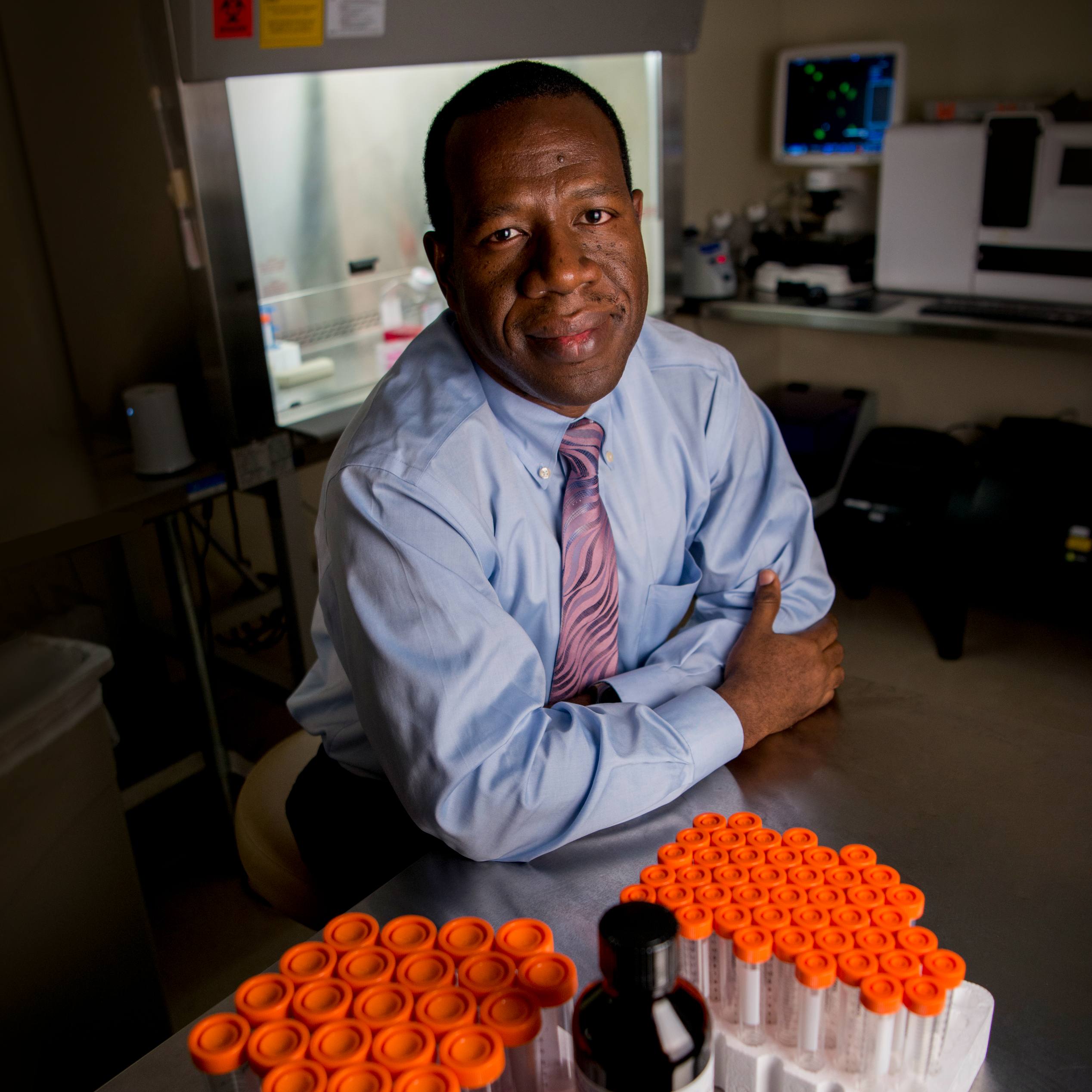-
Diversity
Science Saturday: Health disparities curricula in resident training

A study recently published in the Journal of the American Medical Association points to a significant opportunity to improve health disparities training provided medical residents in U.S. internal medicine programs.
Researchers from Mayo Clinic and other academic medical centers examined a data set that merged two national survey samples from 2015: internal medicine program director and internal medicine residents. They found that, despite mandates from governing bodies in medical education, only 40% of residencies provide health disparities curricula. In addition, they found that resident perceptions of training and its quality were not associated with the existence of an actual curriculum.
Why such a big disconnect?
Denise Dupras, M.D., Ph.D., first author, says competing curricular priorities are a major barrier, as is the expertise to teach this topic. In addition, she says, “most program directors did not have the data about the diversity of the patients they serve, so customizing the education to best meet the needs of their local population is not possible for most of them.”
Mark Wieland, M.D., a co-author and a health disparities researcher at Mayo Clinic, adds that limited time to devote to teaching about health disparities "may prevent the implementation of authentic community-engaged curricula," which leaves "efficient but insufficient" didactic teaching as the only practical option.
According to the study, more than 70% of residents say they’ve received health disparities training and most would rate their training as either very good or excellent. The authors suggest that residents may receive much of that training on the job.
Read the rest of the article on Advancing the Science.
____________________________________________
Other Mayo Clinic medical research websites:
- Research at Mayo Clinic
- Discovery’s Edge
- Advancing the Science
- Forefront
- Mayo Clinic Center for Individualized Medicine
- Center for Regenerative Medicine
- Center for the Science of Health Care Delivery







